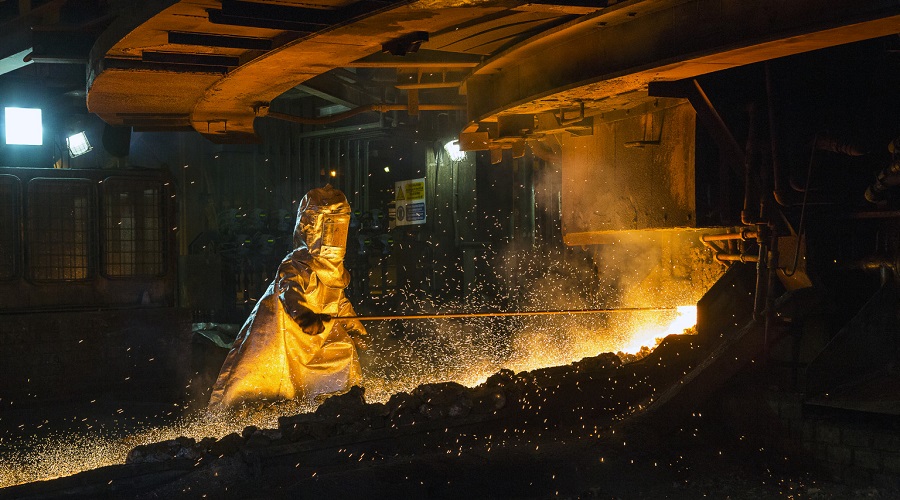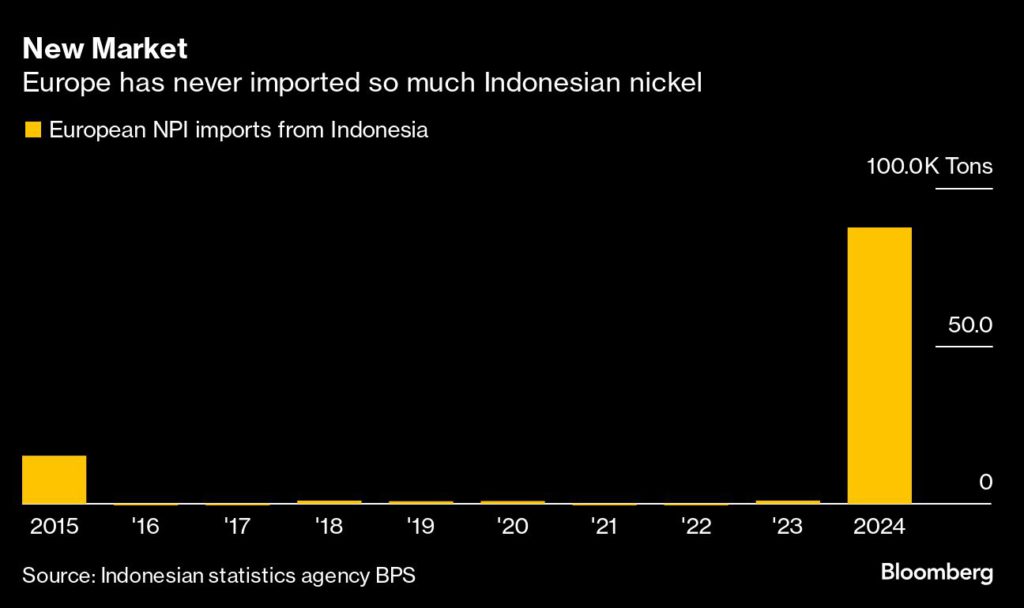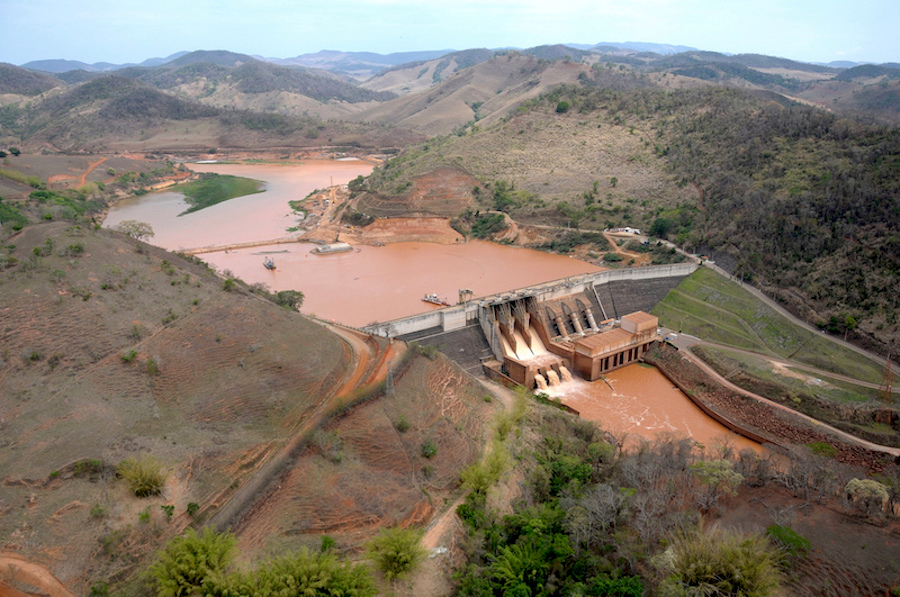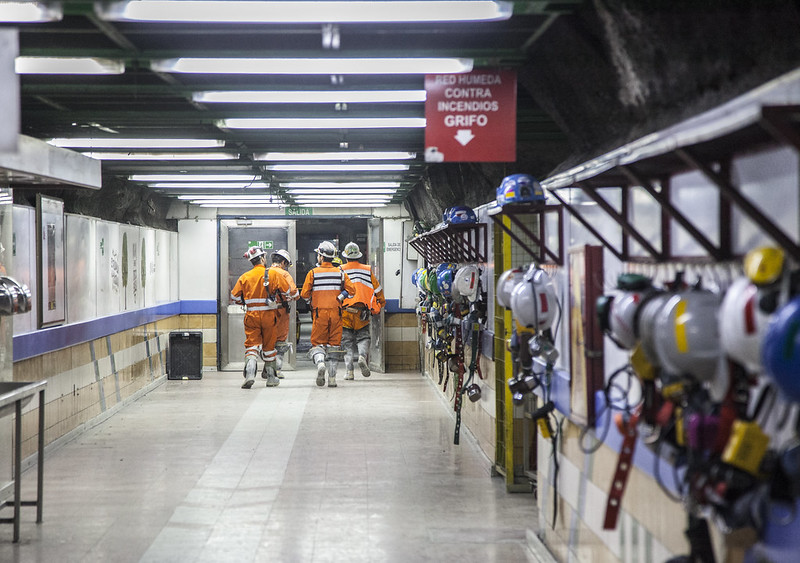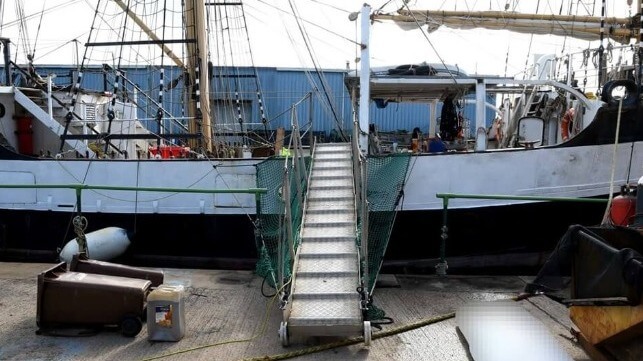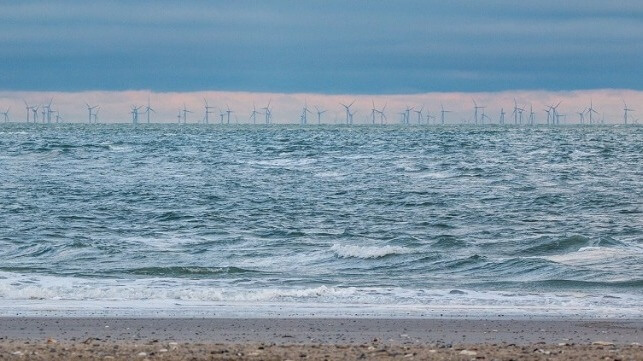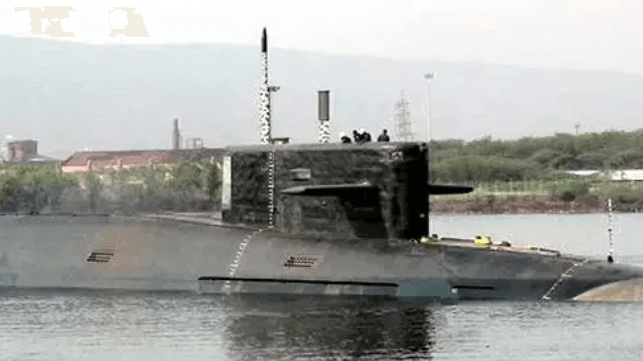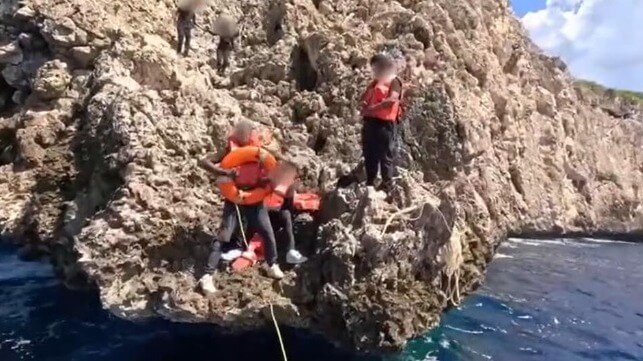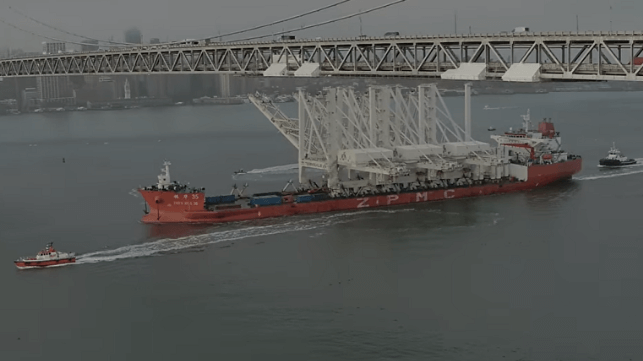India’s second Arihant-class nuclear ballistic missile submarine (SSBN), INS Arighaat, was commissioned into the Indian Navy on 29 August. The new submarine brings India one step closer to a nuclear second-strike capability while also entrenching nuclear competition in the Indo-Pacific.
SSBNs are a potent and highly specialized military asset. Operated by only the United States, Russia, China, the United Kingdom, France and India, these boats are armed with submarine-launched nuclear ballistic missiles. Due to their inherent stealth and ability to evade detection and survive a first strike, these submarines are designed to provide a reliable second-strike capability and underpin strategic nuclear deterrence via the principle of mutual assured destruction.
Upon commissioning the new SSBN, India’s defense minister Rajnath Singh noted that INS Arighaat “will further strengthen India’s nuclear triad, enhance nuclear deterrence, help in establishing strategic balance and peace in the region, and play a decisive role in the security of the country.”
India’s first Arihant-class SSBN, INS Arihant, was commissioned in August 2016. Arihant is a Sanskrit term meaning “destroyer of the enemy”, which the Indian Ministry of Defence selected due to its “subtlety and appropriateness”. Although details are scarce, the ministry noted that the newer INS Arighaat is “significantly more advanced”, and has benefited from various indigenous systems and equipment developed by Indian science, naval and industry specialists.
Like its predecessor, INS Arighaat has four launch tubes, and can carry either 12 K-15 Sagarika submarine-launched ballistic missiles (750km range) or four K-4s (3,500km range). Submarine specifics are tightly held, and photos are hard to come by. India’s third SSBN, named INS Aridhaman, is expected to be commissioned in 2025, and a fourth is currently under construction.
India’s nuclear weapons program made various advances in 2024. In March, India successfully tested its Agni-V land-based intercontinental ballistic missile with multiple independently targetable re-entry vehicles – further closing the technological gap between India and China.
Despite commissioning its second SSBN, India’s submarines alone will not achieve the coveted “Continuous At Sea Deterrence” status – whereby at least one nuclear-armed submarine is on deterrence patrol at any one time, enabling a retaliatory strike and thereby deterring adversaries. A fleet of at absolute minimum three SSBNs is required to ensure one submarine is on deterrence patrol at any one time – the United Kingdom and France achieve continuous deterrence with four submarines each.
INS Arighaat’s commissioning will impact Indo-Pacific strategic dynamics in several key ways. First, in practical terms, it will bolster India’s second-strike capability. A second SSBN will provide a more regular deterrence presence for India, as well as greater patrol pattern flexibility. Two SSBNs can synch and rotate, enabling patrols while also affording time for maintenance and training.
Second, India’s growing nuclear deterrence capability will bolster its ability to partner and act as a net security provider in the Indian Ocean. By possessing such an advanced and potent nuclear arsenal, India will be increasingly seen as a stabilizer by extra-regional partners such as the United States and Japan. With a growing second-strike capability, India is better able to maintain a favorable balance of power and deter aggressors.
Third, however, INS Arighaat will hasten nuclear competition between India and its two adversaries: China and Pakistan. China possesses a growing fleet of modern SSBNs, and Pakistan is continuing to modernize and expand its nuclear arsenal and is interested in attaining a second-strike capability. India’s newest SSBN will further entrench nuclear competition in the Indo-Pacific.
Fourth, time will tell the toll India’s growing SSBN fleet will take on the Indian Navy’s ability to undertake conventional routine operations. While SSBNs are designed to operate in secret, a range of naval assets are required to maintain a secure patrol area and deter adversary anti-submarine warfare assets. Protecting SSBNs comes at a high financial and opportunity cost, which may limit the Indian Navy’s ability to undertake less pressing, but nevertheless important missions in the Indian Ocean.
INS Arighaat represents a notable advance in the nation’s strategic capabilities, enhancing its deterrent posture and regional influence. However, its ultimate effect on security dynamics and regional stability will depend on how the capability is perceived and countered by fellow states, most notably China and Pakistan, and whether the growing SSBN fleet expands or constrains India’s strategic choices.
Samuel Bashfield is a research fellow at the University of Melbourne’s Australia India Institute. This article appears courtesy of The Interpreter and may be found in its original form here.
The opinions expressed herein are the author's and not necessarily those of The Maritime Executive.


